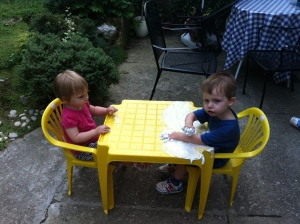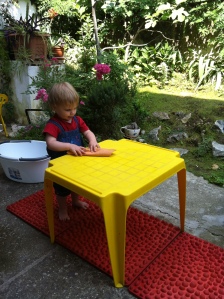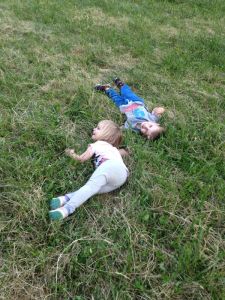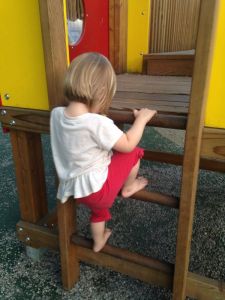Top 3 IKEA senzorna proizvoda (i njihovi opisi) koja bi svaki dom s djecom trebao imati
Napokon! IKEA otvara svoja vrata i u Hrvatskoj, za svega dva tjedna. Bilo je i vrijeme. Nitko sretniji od mene. Da, da, obožavam IKEA-u. Uopće nema sumnje da će mali 6-mjesečni V. imati senzornu sobu punu IKEA-inih proizvoda. Ovo je moja lista top 3 proizvoda iz IKEA-e koje ću sigurno nabaviti za V. Uz svaki proizvod sam dodala “za i protiv” u kontekstu senzorike.
- Ljuljačka
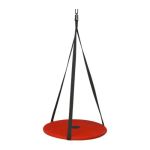
Za: Izvrsna za stimulaciju ravnoteže. Možete ljuljati bebu lijevo-desno i u krug za vježbu ravnoteže ili naprijed-natrag za umirivanje. Možete čak i uspavati bebu na ovoj ljuljačci. Izgleda kao nova i nakon puno korištenja te se lako da oprati jer se crveni materijal lako skine i pere. Odlično je i za proprioceptivni stimulaciju ako se lagano odbija o strunjaču na zidu da se ljuljačka lagano zatrese.
Protiv: Ne možete ostaviti bebu ili malo dijete bez nadzora odrasle osobe na ljuljačci. I svakako stavite strunjače ili nešto mekano oko i ispod ljuljačke. 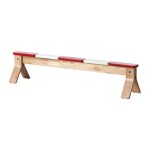 Greda
Greda
Za: Odlična je za stimulaciju ravnoteže kod veće djece. Barem se neće penjati po rukohvatu od kauča u dnevnom boravku. Također je izvrsna za onu djecu kojoj treba vizualno – spacijalni podražaj jer na njoj vide iz više perspektive. Meni se također sviđa i kao element za poligon kroz koji se djeca trebaju provući, propuzati ili prekoračati. A ako stavimo senzoriku sa strane, sviđa mi se i kao klupica na kojoj djeca mogu sjediti.. Tanka je pa se da i lako skloniti.
Protiv: Naravno, greda je tanka pa se lako može pasti s nje. Oprez!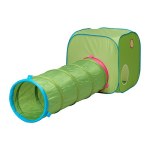 Tunel
Tunel
Za: Sviđa mi se kako tunel poboljšava svijest o vlastitome tijelu kada malo zamaskira vizualni sustav. Djeca moraju dobro poznavati granice svoga tijela ako žele proći kroz tunel, a bez da ih je strah. Također se dobro kombinira sa šatorom, u koji možete ubaciti male, plastične loptice koje će stimulirati djetetov proprioceptivni, a i vizualni i auditivni sustav. Može se iskoristiti u poligonu ili kao cijev koja spaja dva kraja. Oba proizvoda se lako održavaju.
Protiv: Ako se pravilno koristi, nema nekih negativnih kritika za tunel.
Jedva čekam!
photo credit: ikea.com

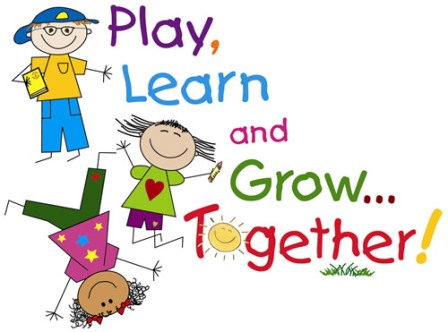


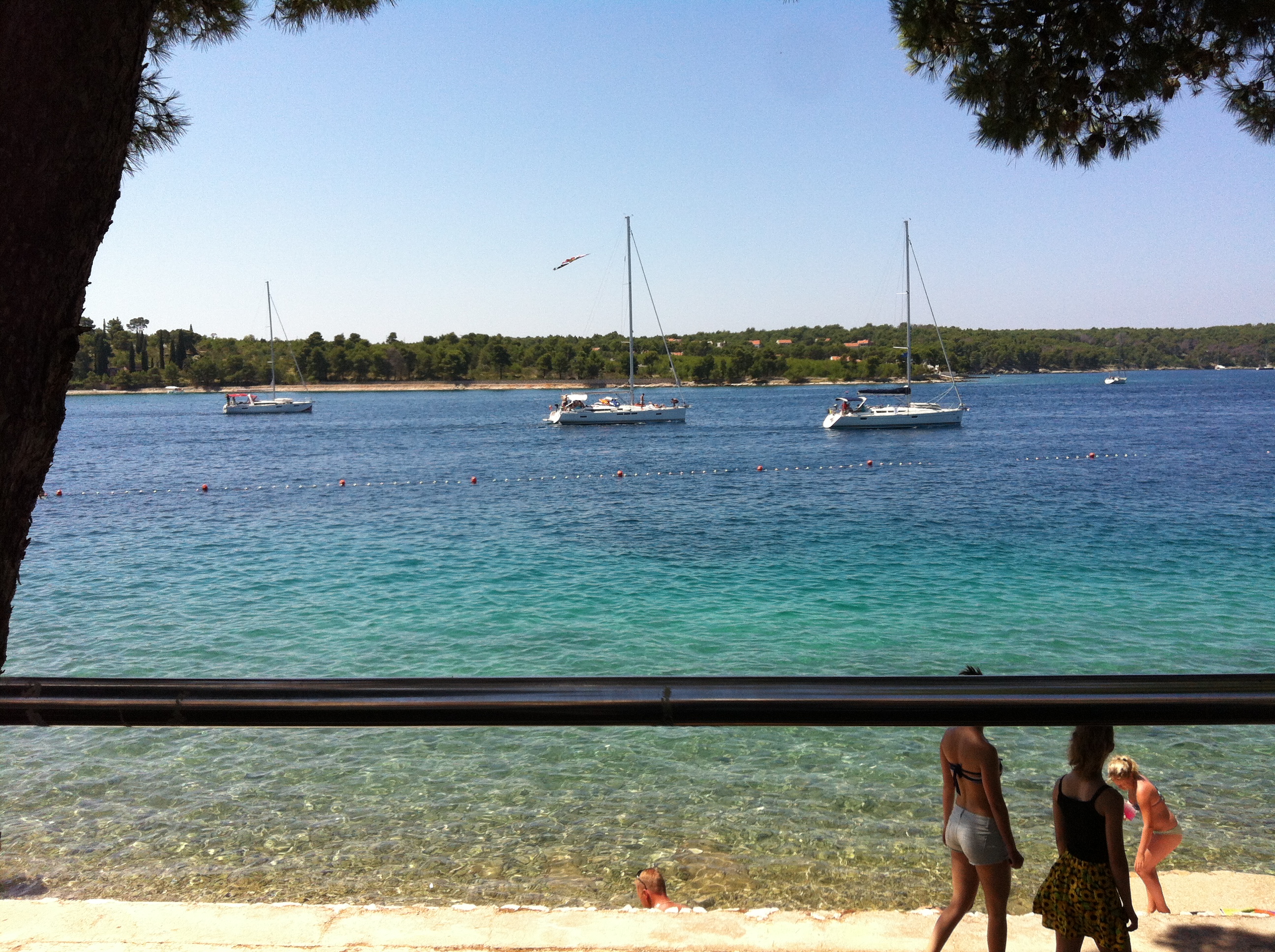


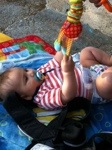
![IMG_5479[1]](http://sensoryhub.files.wordpress.com/2014/07/img_54791.jpg?w=112)






